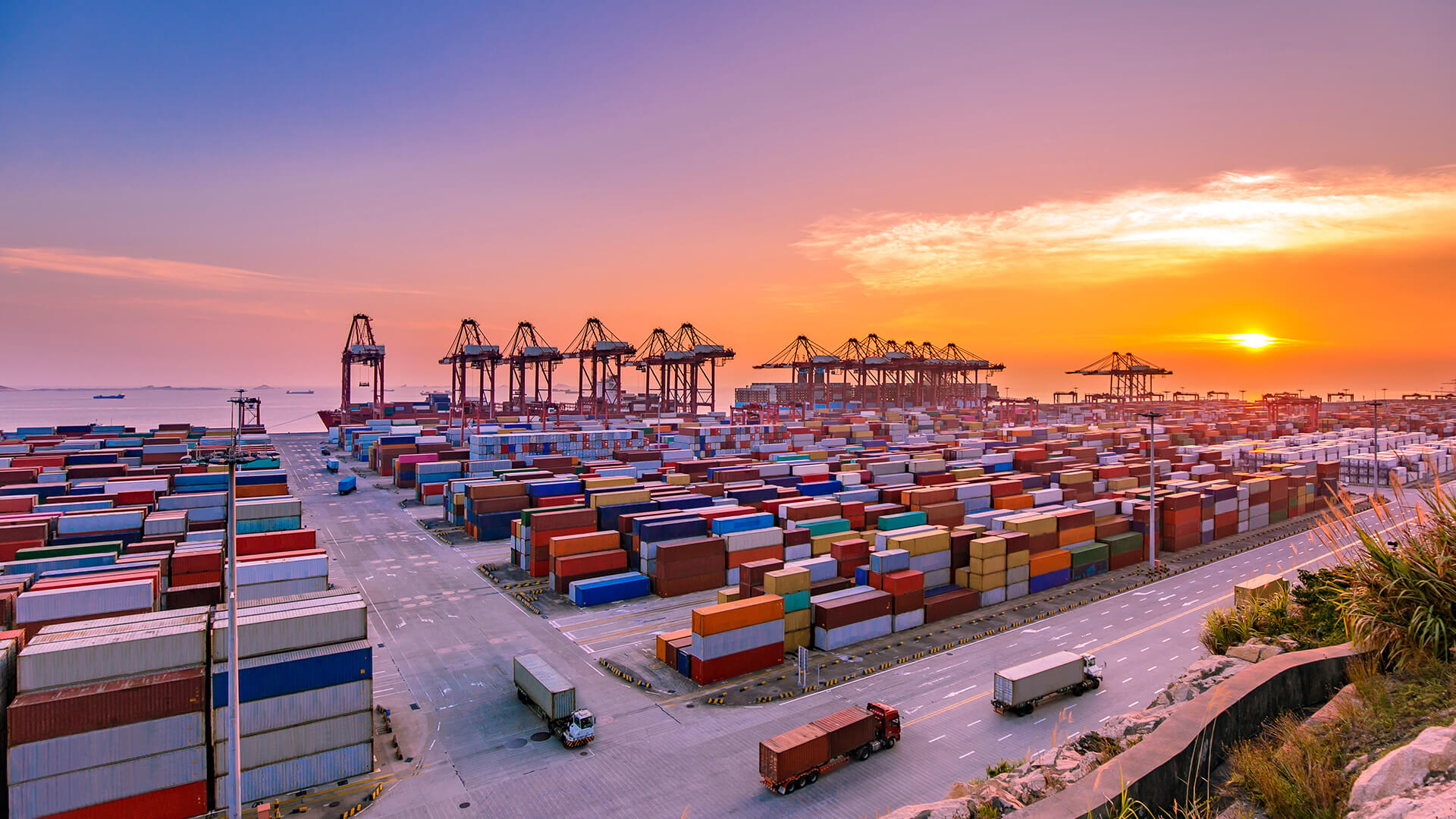- Canada’s merchandise exports increased by 4.2 per cent (month-on-month) in January, while imports rose by 3.1 per cent. Canada’s merchandise trade surplus with the world widened from $1.2 billion in December to $1.9 billion in January.
- Total exports rose by 4.2 per cent to $67.0 billion. Exports in all product sections increased except for energy products—which declined by 1.8 per cent in January. After decreasing in December, exports of farm, fishing, and intermediate food products rose 11.9 per cent in January. Further, exports of motor vehicles and parts climbed 8.2 per cent to $8.3 billion.
- Total imports increased by 3.1 per cent to $65.1 billion. After a 7.2 per cent decline in December, imports of motor vehicles and parts rose 11.1 per cent to reach a record high of $11.0 billion. In addition, imports of consumer goods increased for the first time in three months, rising by 3.8 per cent.
- Exports to the United States increased by 3.3 per cent while imports rose by 2.3 per cent. As a result, the merchandise trade surplus with the United States widened for a second consecutive month, moving from $8.4 billion in December to $9.0 billion in January.
Key Insights
Global supply chain issues are not over yet, but they are improving. According to the Global Supply Chain Pressure Index (GSCPI), pressures in supply chains declined in each of the last two months, which bodes well for the near-term future of trade. Moreover, Canadian businesses also feel that supply chains will improve soon, a positive sign for Canadian imports and exports. According to our index of business confidence, 44.4 per cent of respondents believe that supply chain pressures will alleviate over the next six months, a 3.9 percentage points increase from November. Still, growing fears over a global recession, ongoing inflation, and sky-high interest rates will be some of the biggest challenges Canadian exporters will face this year.
Keep an eye on the Loonie. The Canadian dollar’s near-term future is uncertain. If our dollar depreciates against the U.S dollar—due to a widening interest rate differential, greater global economic uncertainty, and a hawkish Federal Reserve—then our trade balance would widen but might also force us to import inflation, especially from south of the border. In other words, what might be good for our exporters might not be good for our consumers.
Geopolitical tensions will continue to shape the outlook of the economy. There is a lot of uncertainty around oil prices over the near term. The EU banned seaborne imports of petroleum products from Russia (which could be more disruptive than previous sanctions), OPEC is still trying to slash production, and there are growing concerns about a global recession. If the Russia-Ukraine war escalates, the global economy could experience a major downturn, subduing Canadian trade through the demand channel.





Comments